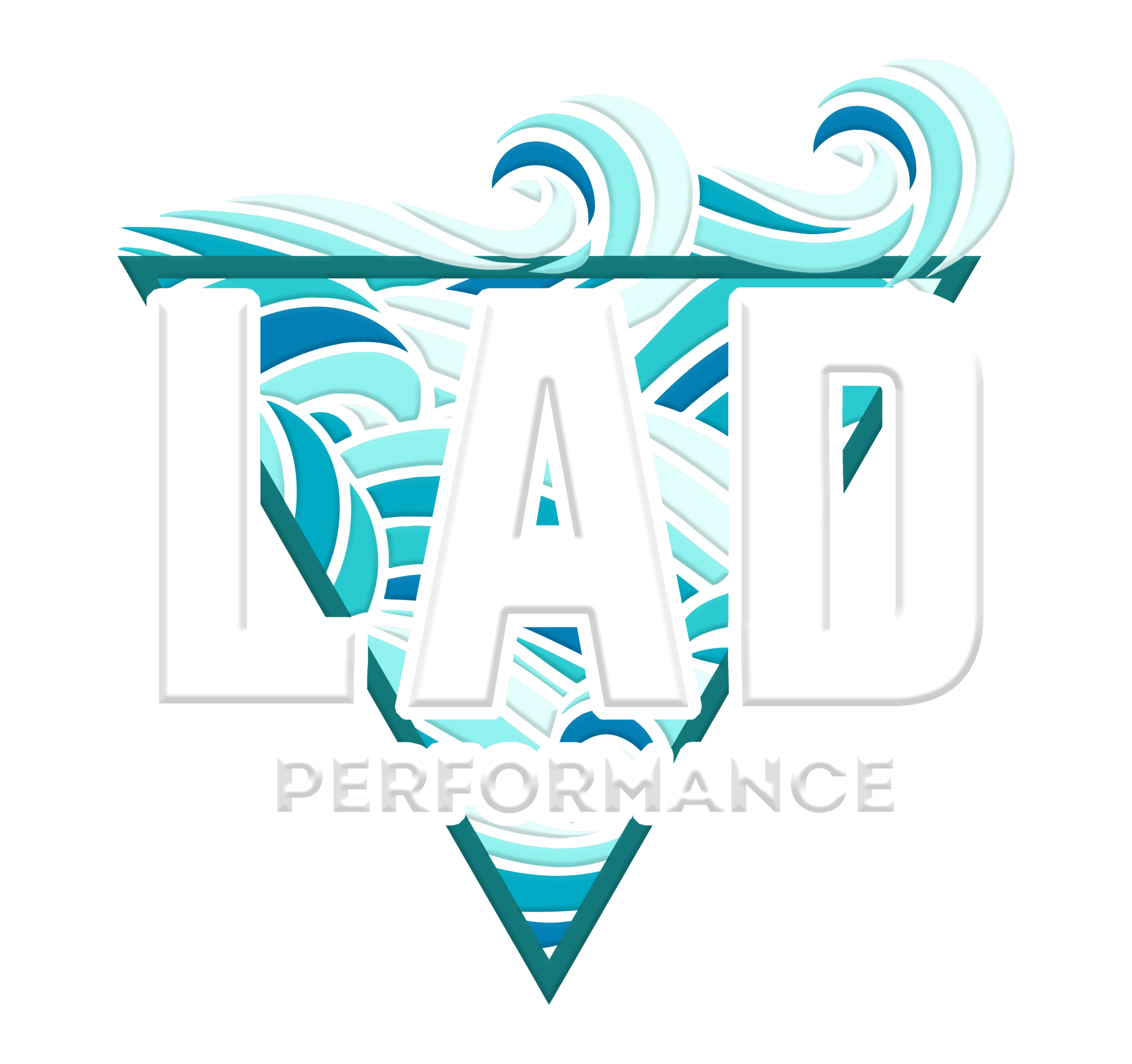Focus on Your Systems
Three Tactics to Transform Your Habits
If you've read The Atomic Habits by James Clear you probably know a good bit about systems, but if you haven't I'd HIGHLY recommend checking this book out. It's suitable for YOU no matter what your profession is. I absolutely love how simple the messages are in this book. One of the key messages that I want to focus on surrounds around the concept of building systems through our habits. Clear defines a system as a "process that leads to a result." When we think about our day to day processes we start to understand that we have daily habits, both good and bad. These habits are "behaviors that have been repeated enough times to become automatic." The major secret behind adding good habits and mitigating bad habits is really no secret at all... in fact, it's extremely simple and straightforward. This book packs in simple tactics such as The Habit Scorecard, Implementation Intention & Habit Stacking. In this post I want to touch on each of these three briefly and provide insight into how you can implement them in your daily life. Furthermore, I'll provide some firsthand examples as to what I have done to include these tactics to help me.
The first tactic, The Habits Scorecard, centers on bringing awareness to your daily habits. If we aren't aware of what are habits look like, both good and bad, we won't see the need to change. Simple, right? With The Habits Scorecard you will create a list of all of your daily habits that you can think of. Here's a sample of part of my morning:
- Wake up =
- Check my phone -
- Ice Bath +
- Hot Shower +
- Walk Sully +
- Make cup of coffee +/-
- Journal +
- Client Sessions +
- Breakfast +
Once you form your list, ask if each of these habits are a good (+), bad (-) or neutral (=) habit for you. These are subjective, not everyone will value "check my phone" (as an example) the same way. It's based on what you want to get out of your optimal morning. Clear invites us to think about these "good" or "bad" habits with these questions: "Does this behavior help me become the type of person I wish to be?" or "Does this habit cast a vote for or against my desired identity?" When you go through your day using The Habits Scorecard you will have better awareness of everything you are doing day in and day out. This self awareness piece is the KEY. It is the first part to identifying where there is waste in your systems.
The second tactic, Implementation Intention, is a plan that you create before you build a new habit. These intentions have two main features: time and location. Clear cites a formula that you can use: "I will [BEHAVIOR] at [TIME] in [LOCATION]. When determining your Implementation Intention you must provide detail. If your intention is too vague you will invite wiggle room to weasel your way on out of a habit that you are trying to build! This is crucial. I have tried on several occasions to set up habits with intentions that were far too vague. As the day went on I would put off my intentions until the end of the day and would try and cram everything in before bedtime.
Here is a good example from my life: I will check in with all my clients @ 8:00 am in my office.
I have set up this intention for myself at a specific time and location. On the contrary, a poor Implementation Intention would be: I'm going to check in with my clients. Notice the difference? Do you see how the second example leaves out key details? This isn't rocket science, folks. This is so simple, but so effective! When you multiply these across many areas in your life like exercise, finances, social skills, mood, etc.. you can literally build out your entire day. Sure, there will always be adjustments that need to be made, but laying the framework down first gives you a plan of attack!
The final tactic I want to talk about is Habit Stacking. To perform Habit Stacking effectively, you identify a current habit that you already do each day and then stack a new behavior on top of it. The formula that Clear uses is: "After I [CURRENT HABIT], I will [NEW HABIT]." An example of this for me would be: After I check in with my clients each morning, I will record and share the highlights from our conversation. The real magic in Habit Stacking is when you can build or "stack" these small habits together to shape your day. Like the previous two tactics, make these crystal clear and not vague.
Using these three tactics on a daily basis has helped me set up the infrastructure to maximize my day. In the past I would find myself getting interrupted so many times throughout the day... then forgetting what it was I had to do. Starting to make small adjustments using these tactics helped to limit my distractions and game plan my working days for maximum efficiency. I want to encourage each one of you to use these tactics and read this book! Beyond these points there are so many useful tips that James Clear lays out. It's one of those books you just can't put down.
If you have enjoyed this blog post or have any comments or questions I'd love to see them! I welcome you to share what has and hasn't worked for you.















